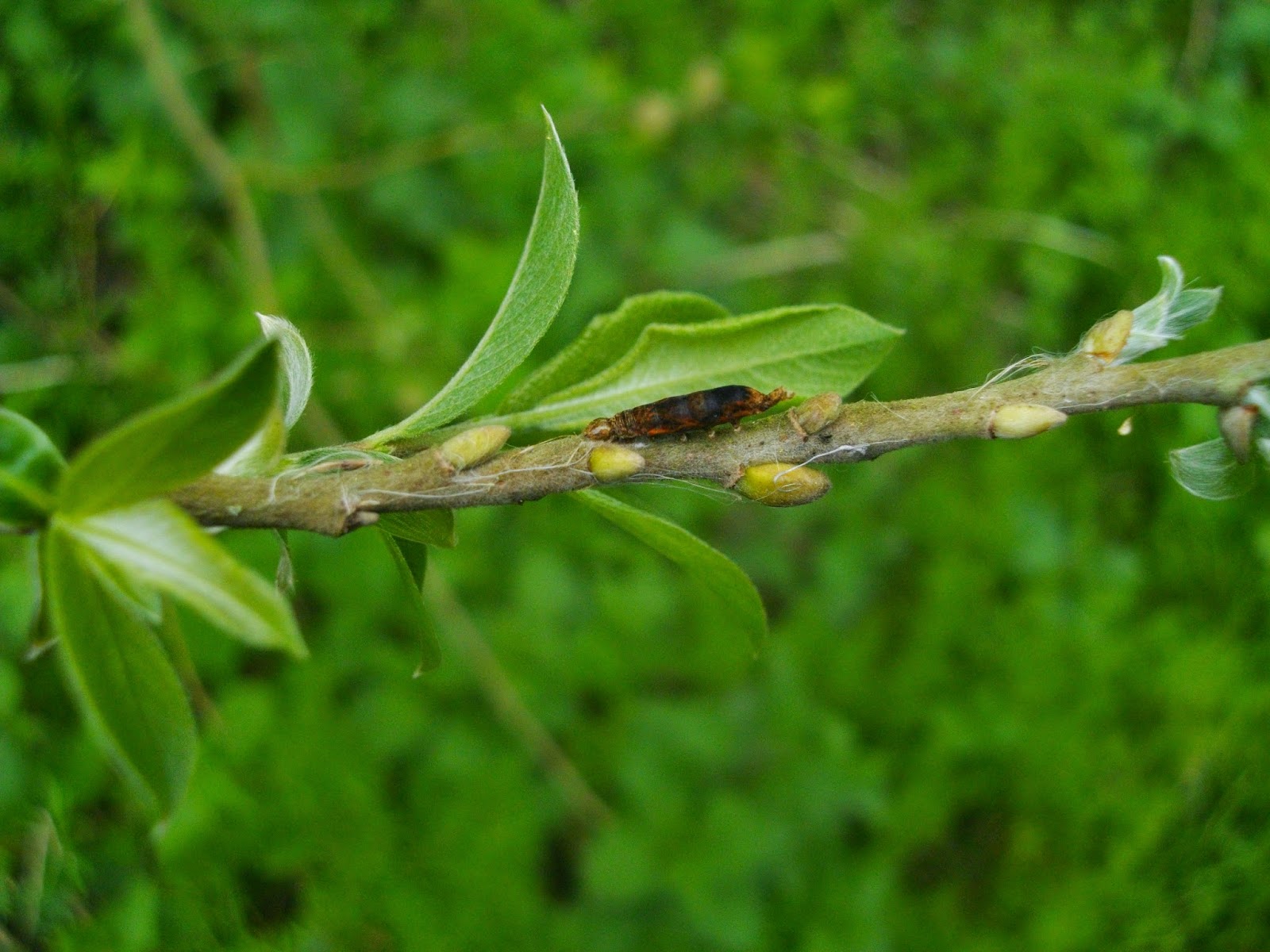24th April 2014
On my way home from work I found out that a Whiskered Tern had been reported from Rockland Broad. Checking that it was still present, we decided to go and have a look. Understandably there was a bit of a Yare Valley birders convention going on, with Paul W. in the car park and Justin and Ben already on their way back. On the way along the path we heard our first Cuckoo of the year calling in the distance. Upon arrival at the hide we soon saw the Whiskered Tern twisting and turning along the far shore of the broad. We got good but distant views, leaving before we were overwhelmed by the smell of urine in the hide. On the way back we tried to avoid inhaling midges from the small clouds floating at regular intervals along the path.
[Edit] We were nearly back to the car when mild confusion hit, as I overhead two birders saying "Osprey". Following their looks I could only see a Woodpigeon flying over, and must have given them a funny look as one of them explained to me they were actually looking at an Osprey plane, a weird American aeroplane with propellers pointing upwards to allow vertical take-off. So now I know!
[Edit] We were nearly back to the car when mild confusion hit, as I overhead two birders saying "Osprey". Following their looks I could only see a Woodpigeon flying over, and must have given them a funny look as one of them explained to me they were actually looking at an Osprey plane, a weird American aeroplane with propellers pointing upwards to allow vertical take-off. So now I know!
Later on the tern flew off north-west, so it remains to be seen whether it will be relocated closer to Norwich. Incidentally in the past few days Common Sandpiper, Cuckoo, Reed Warbler and Garden Warbler have all been seen/heard at Whitlingham, but we are still awaiting Grasshopper Warbler, Lesser Whitethroat and Nightingale.



















